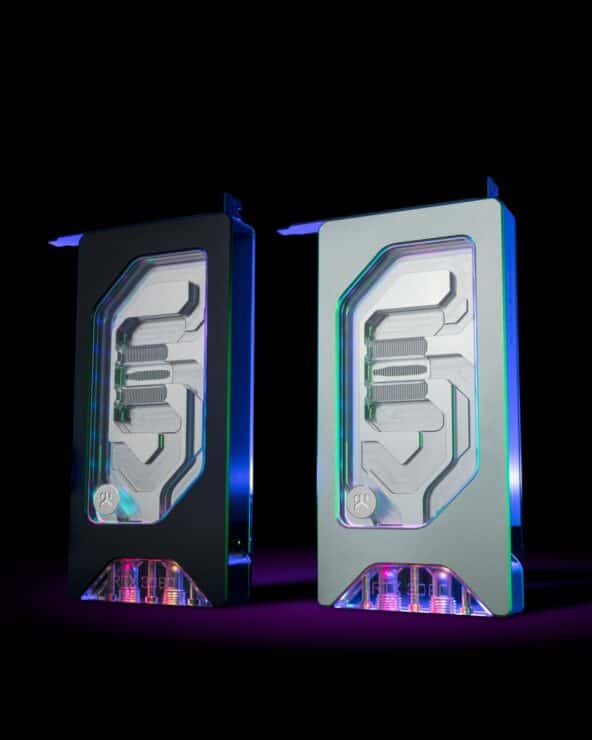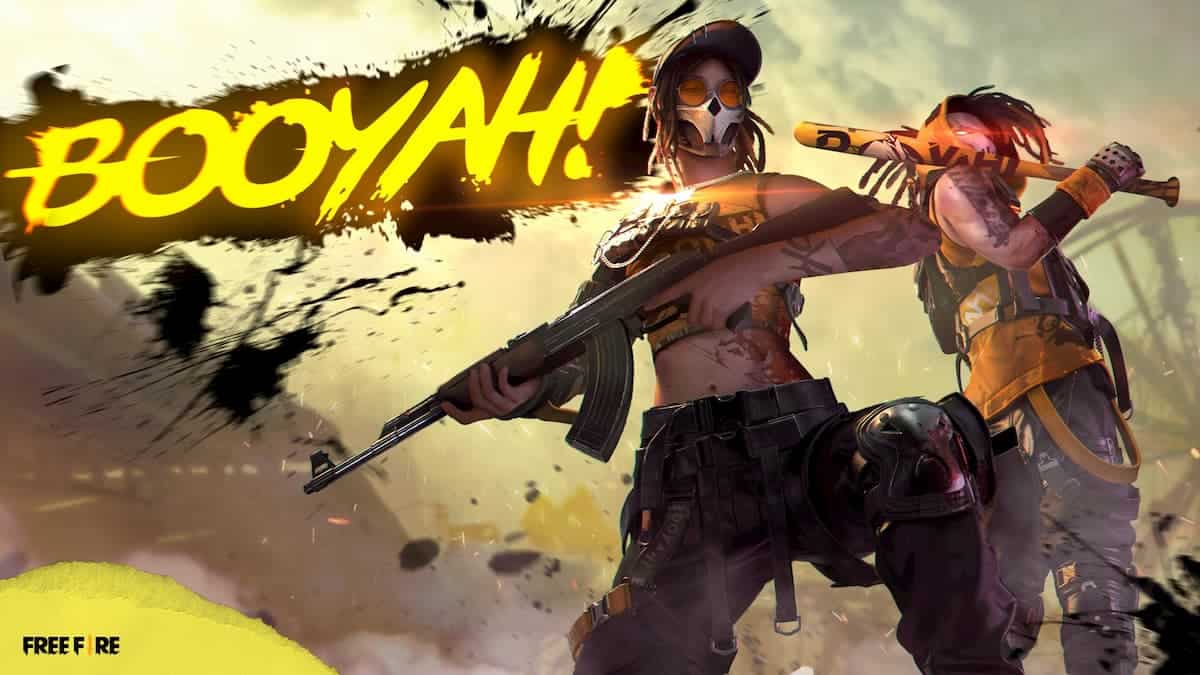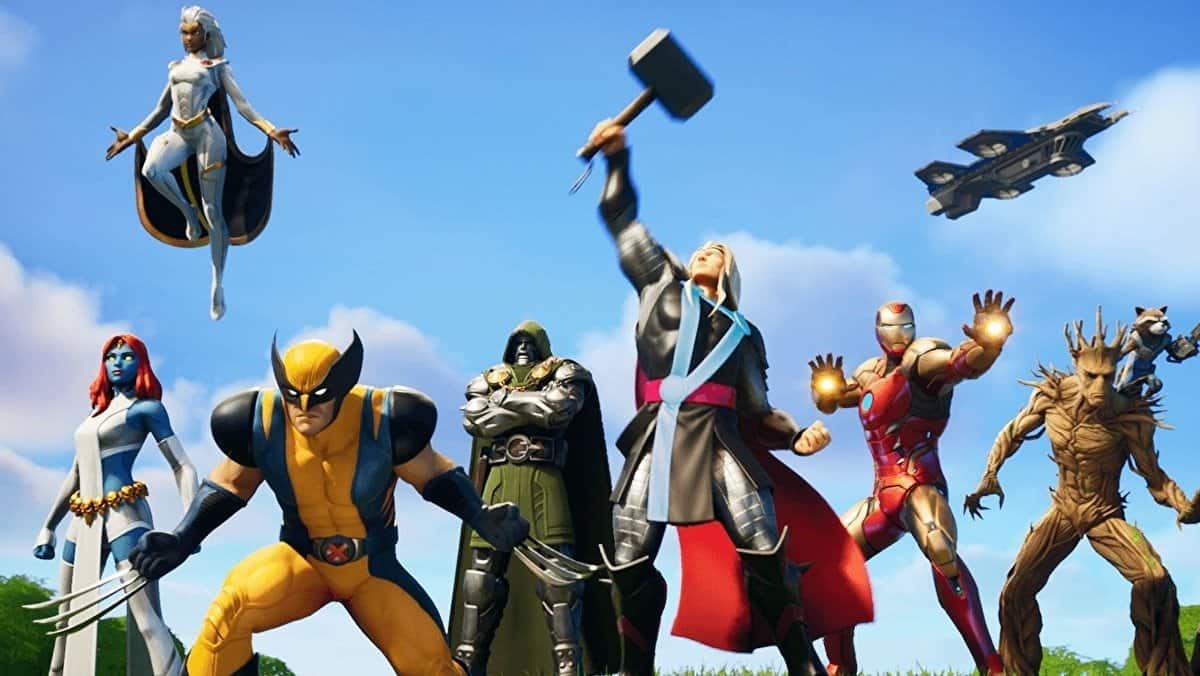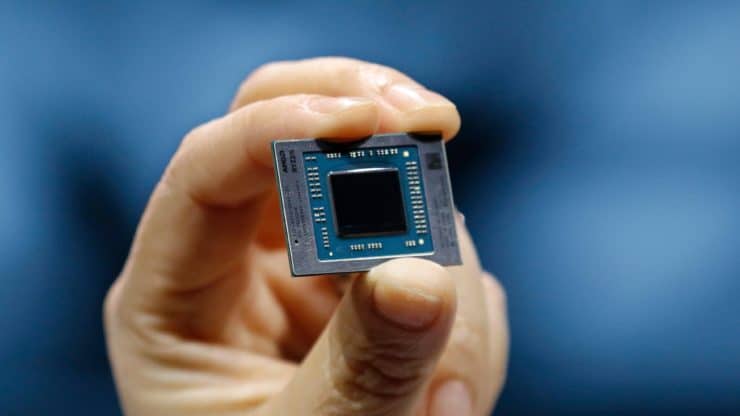
Disintegration smashes first-person-shooting and real-time tactics together to create a wild, crazy thrill ride of a strategy game with a few rough edges.
Critics and fans throw around the term “tactical shooter” to represent any kind of game that somehow mandates that you think about how you shoot. Disintegration is one of the few that literally blends core real-time tactics mechanics and first-person shooting. It isn’t a unique mix, though the balance of the two styles feels different from what we’ve seen over the years. The strategy is rich and demanding, even when the AI can’t quite live up to its responsibilities. The shooting evokes all the good things about turret sequences–mainly the feeling that you’re a really big gun and that there’s always more stuff to shoot–without the restrictive boredom that comes from being on-rails. The strength of those parts, and the ways you constantly switch between them, build up an intense field-commander fantasy.
In the single-player campaign, you control Romer Shoal, the gravcycle-flying commander of a robot special forces squad. As “pilot,” you are their scout, artillery, healer, and whatever else your team needs you to be. And yet, while it sounds like you’re holding all the cards, your team can defeat enemies quicker as a group than you can alone, so you need them to do most of the trigger-pulling. So your most important role is shot-caller: You tell them where to go and who to shoot. If you’re careless, they get overwhelmed and everyone dies. If you don’t anticipate and react to the enemy’s maneuvers, they get overwhelmed and everyone dies. If you… I think you catch my drift.
So, as Romer, you are constantly in motion. As the team leader, you have a lot of responsibilities, and you need to switch hats often–pointing out new cover, shooting healing beacons, calling on each of your two-to-four bots on the ground to use their special abilities. Monitoring the skills, which include armor-weakening concussion grenades and fields that slow enemies down, is especially important. With a small team that’s often fighting off much larger numbers, timing and syncing these skills is an essential means of getting the upper hand. Across the board, though, you constantly need to be present, focused on the task at hand, while maintaining a wider awareness of the battlefield. Managing all these tasks and keeping your proverbial finger on the pulse of the battle gets the adrenaline pumping. It can get overwhelming at times, but it’s ultimately rewarding, as you come out of each victory knowing that it was your orders that won the day.
That said, sometimes it can be more stressful than it should be. Though your allies largely rely on your order, they are not mindless drones: They react to enemies and to their surroundings, but not always in the ways they should. Too often, I would direct my team to cover, only to see them stand next to it or wander out of position to chase enemies when I specifically told them to hold in place. Given the number of enemies thrown at you in certain situations, you really need your soldiers to follow orders precisely (especially when those orders involve keeping them alive), and that is not a guarantee. The problem feels especially frustrating because of the game’s artfully sparse checkpointing, which reflects natural sequences but often leads you to repeat 10 to 15 minutes of gameplay if you die at the climax of a scene.
By default, the strategic elements of the gameplay take up far more of your time than the shooting, but, surprisingly, it is possible to change that. If you bump the difficulty down from the default “maverick” setting–the third of four–you become less reliant on your teammates to do the shooting. They stay alive longer, so you don’t need to mind them, and Romer’s guns are more powerful. You can’t forget about your team, but the dynamic shifts to a more shooter-forward type of gameplay.
It feels like a different game, but that’s not a bad thing. There’s still a strategy to taking down enemies in a systematic way to minimize the threat against your squad, working with them to manage each situation. You also get more time to enjoy the gravcycle’s many heavy weapons, which change with every level. From remote mines to giant shotguns and rocket launchers, all of them feel very powerful at lower difficulty settings, so you get to feel more dominant than you would at the higher, more strategy-forward difficulties. It’s almost like different game modes for a single campaign–shooter and strategy. Neither is perfect; the shooter’s a little too easy, and the strategy’s got some technical flaws that can spoil the fun stress, turning it into frustrating, angry stress. But I had fun playing it both ways.

Either way, though, Disintegration is a gameplay-first experience, despite overtures towards asserting itself as a sci-fi epic. Though it creates ample opportunities to build up its lore and character, including ample character-building cutscenes and a home-base section between missions where you can talk to your teammates, the plot feels rushed. It’s a shame because there are lots of instances of good extra-narrative storytelling in the game. The concept of integration–where most people have transferred their consciousness into robots–leads to lots of interesting world-building wrinkles, including lots of small character-building moments. Without a strong plot, though, it’s all ultimately forgettable.
In addition to the story, Disintegration does allow you to show your mastery of its strategy/FPS hybrid gameplay in competitive multiplayer. There are three games: Collector, a deathmatch variant similar to Call of Duty’s Kill Confirmed; a King of the Hill mode called Zone Control; and Retrieval, an attack-and-defend game where each team must escort one squad-bot as it carries a core to a missile launchpad. All three games are up to five-on-five, with each player choosing from a roster of nine crews, including a unique gravcycle loadout for the player and AI squad.
No matter what mode you play, the multiplayer feels a lot more like the shooter version of Disintegration than the strategy version. Your AI bots die with you, so there’s a strong incentive to use your squad as a buffer and target the other players. Other than Retrieval, where you have to use a bot to carry the core, the dynamic of being a commander largely goes out the window. They aren’t unhelpful, but the strategy isn’t necessary beyond minding their abilities. Without that, it’s a well-crafted but basic FPS multiplayer mode. That said, the full-team, five-on-five scrums with everyone’s bots duking it out looks pretty cool, so I would recommend checking out at least one or two matches just to see it.
When Disintegration works, it really works. You’re shooting guns, you’re calling advances and retreats, ordering missile strikes. You really get the sense that you’re in the thick of it, the heart of a battle. Both the excitement and stress it induces are testaments to how thoroughly the gameplay draws you in. There are elements around the periphery of the experience that could have been better tuned, but they do not detract from what makes it work.





More Stories
Firefighting Simulator – The Squad review — Through the fire and the shame
Maid of Sker review — Death in the slow lane
PHOGS! review – It’s a dog-help-dog world out there